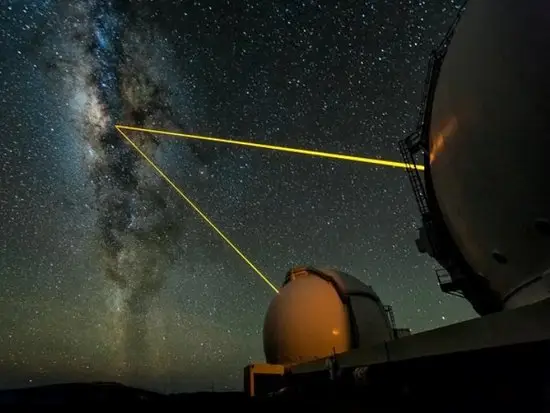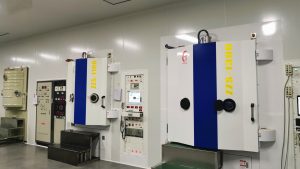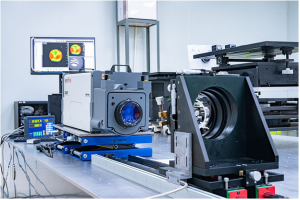In 1611, German astronomer Kepler first used two biconvex lenses as objective lens and eyepiece respectively, which significantly improved the magnification. Therefore, later generations called this optical system Kepler telescope. At present, people still use these two forms of refracting telescope, and the astronomical telescope adopts Kepler type. It should be pointed out that since the telescope used a single lens as the objective lens at that time, there was serious chromatic aberration. In order to obtain better observation effect, a lens with very small curvature was needed, which is bound to lengthen the lens body.

Since then, astronomers have been trying to develop longer telescopes, but almost all ended in failure. In 1757, after studying the refraction and dispersion of glass and water, Duron laid the foundation for the achromatic theory, and made achromatic lenses with coronal glass and flint glass. Since then, the achromatic refraction telescope has completely replaced the long body telescope. However, due to the limitations of scientific and technological development at that time, it was difficult to cast large flint glass. When achromatic telescopes were first studied, the largest lens that people could grind into was only 10 cm.
At the end of the 19th century, due to the great progress of manufacturing technology, there was a scientific upsurge of manufacturing large-diameter refraction telescopes. Seven of the world’s eight existing refracting telescopes with a diameter of more than 70 cm were built between 1885 and 1897, of which the most representative are the yekesh telescope with a diameter of 102 cm built in 1897 and the Rick telescope with a diameter of 91 cm built in 1886. Refraction telescope is most suitable for measuring celestial bodies, because it has long focal length, large negative scale and is not sensitive to lens barrel bending.
However, it always has residual color difference, and has strong absorption of ultraviolet and infrared radiation. The pouring of huge optical glass was also very difficult. By 1897, the yekesh telescope was completed, and the development of refraction telescope reached its peak. In the following 100 years, no larger refraction telescope appeared. This is mainly because it is technically impossible to cast large pieces of perfect glass as lenses. At the same time, under the action of gravity, the deformation of large-size lens will be very serious, so it will lose its sharp focus.



